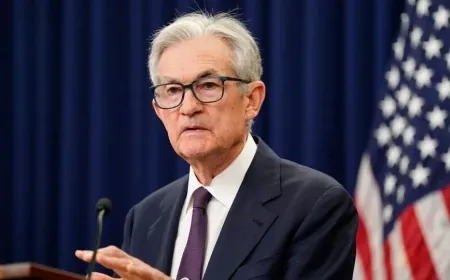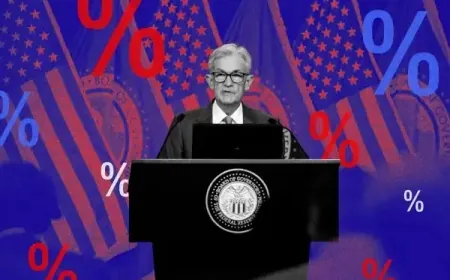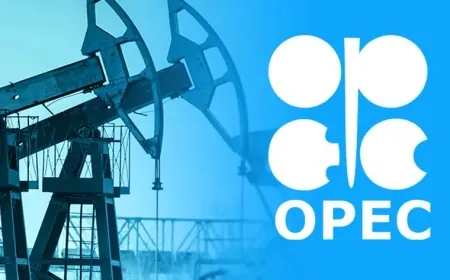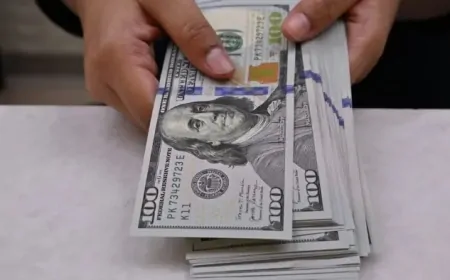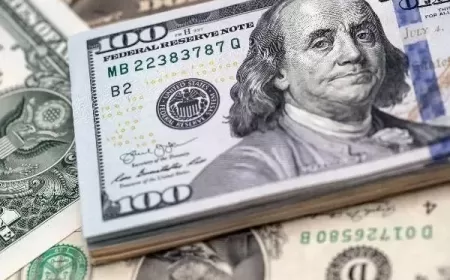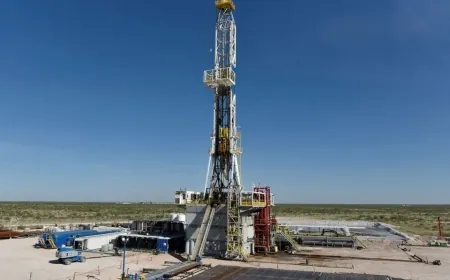Goldman Sachs Predicts Oil Could Crash Below $40
Oil prices are falling, and Goldman Sachs says they could crash below $40 by 2026 in a worst-case scenario. Rising supply and weak demand pose big risks for U.S. oil companies.
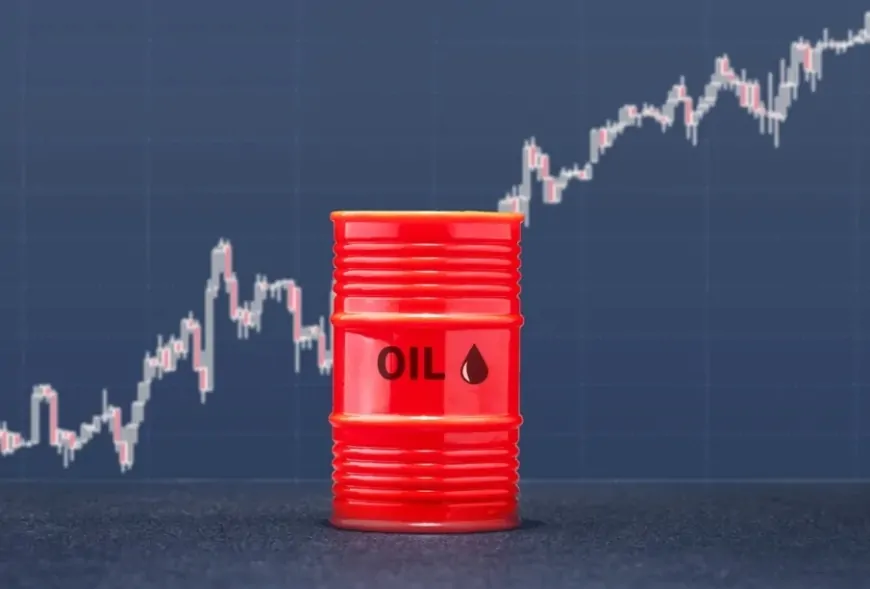
Oil markets are showing signs of instability as economic uncertainty grows and OPEC+ ramps up production. Goldman Sachs has cautioned that Brent crude could fall below $40 a barrel by late 2026 if global conditions take a sharp downturn — a scenario that could significantly disrupt energy markets worldwide.
Goldman Sachs Projects Price Drop Based on Supply and Economic Slowdown
Brent crude, currently trading at around $64 per barrel, has already seen a 15% drop this year. According to Goldman Sachs, prices may slip even further depending on how global events unfold. The firm’s base case sees Brent reaching $55 a barrel by the end of 2026, assuming a moderate rise in OPEC supply and no major global recession. However, in a more severe scenario — with a global GDP slowdown and a full reversal of OPEC+ production cuts — Brent could dip just below the $40 mark. That would bring prices to levels last seen in early 2020.
West Texas Intermediate (WTI), the U.S. benchmark, is also under pressure, trading near $60 a barrel. Goldman forecasts WTI to settle at $51 a barrel by December 2026 in their base case.
U.S. Oil Producers at Risk as Prices Near Breakeven Point
The potential price drop could be especially painful for American oil companies. Many U.S. producers have breakeven costs above $62 per barrel, according to data from Rystad Energy. With current prices hovering near that threshold, even modest declines could threaten already thin profit margins. Companies may be forced to scale back production, delay investor payouts, or preserve existing reserves just to stay afloat.
Matthew Bernstein of Rystad Energy noted that public oil firms are now facing tough decisions as their financial reality tightens. The Trump administration’s tariff-driven policies, including tariffs on steel used in oil infrastructure, are adding further strain to U.S. producers trying to stay competitive.
Policy Uncertainty Weighs Heavily on Energy Sector
Goldman’s warning comes amid a broader market reaction to recent geopolitical developments. A sharp 7% drop in oil prices last Thursday followed President Trump's tariff announcements and OPEC+’s unexpected decision to boost output. This downward trend continued into Monday, driving prices to four-year lows.
Experts, like KPMG’s U.S. energy leader Angie Gildea, believe that the market has shifted from fears of scarcity to expectations of surplus. “The recent price movements reflect how deeply connected energy markets are to broader economic trends,” Gildea wrote.
Analysts are watching closely to see how producers and policymakers respond. One thing is clear: oil’s future pricing will depend not just on supply and demand, but on how the global economy weathers the current storm.
Also Read: Oil Prices Crash to 4-Year Low After OPEC Move and New Tariffs


